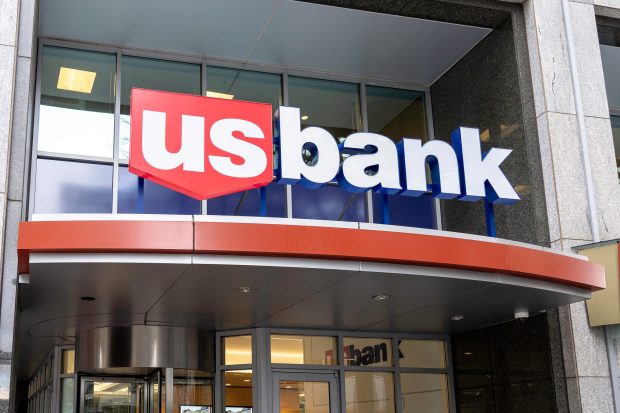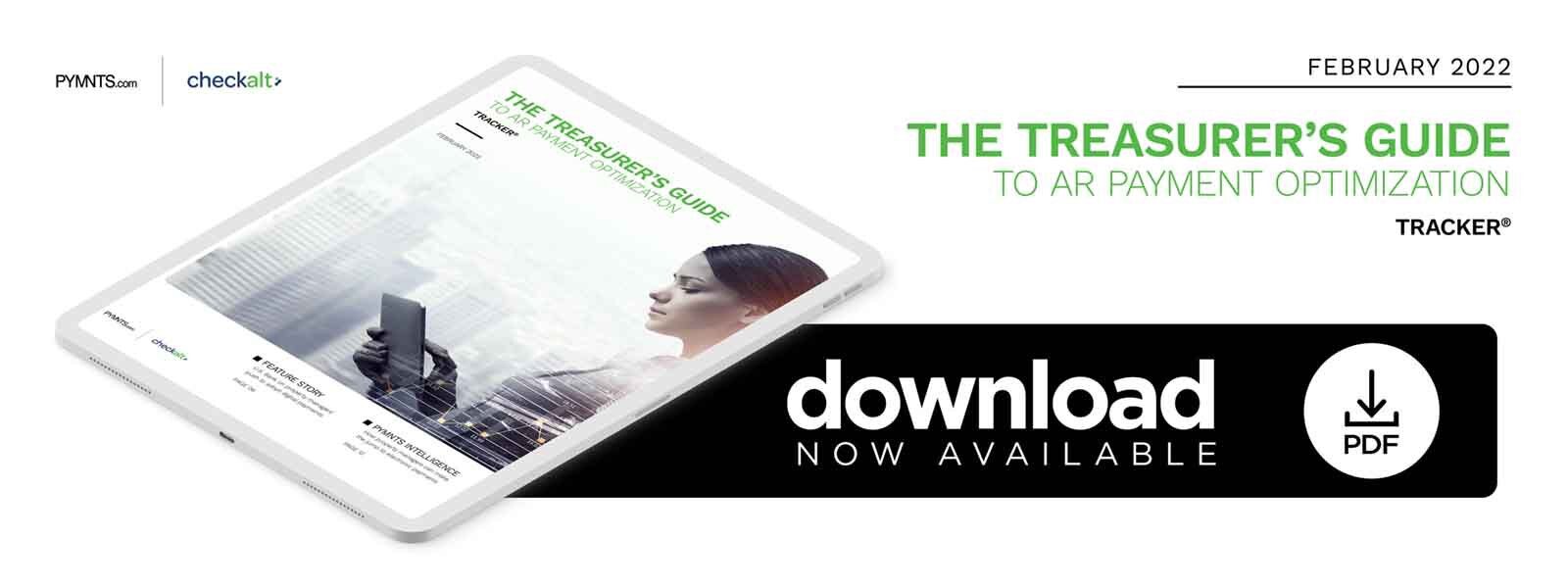U.S. Bank On Property Managers’ Push To Adopt Digital Payments

Digital payment methods still struggle to break the grip that manual solutions still have on the real estate industry. In The Treasurer’s Guide To AR Payment Optimization, U.S. Bank’s David Nielson discusses how commercial real estate providers can leverage online payment portals to streamline transactions for retail, office and industrial space clients.
The impacts of the global health crisis on organizations’ ability to conduct in-person business effectively have accelerated a variety of different industries’ digitization efforts.
This includes the property management, or commercial real estate, space, in which paper checks and other manual payment methods have held sway for decades. The pandemic caused many property managers or owners to reexamine their receivables or other payment processes, exposing many of the existing frictions associated with manual methods that such entities have always relied upon, said David Nielson, senior vice president and head of commercial treasury management consulting for U.S. Bank.
“There’s been a lot of progress in the commercial real estate industry over the last few years as more companies realized how much time and money can be saved by moving to digital payments,” he said in a recent PYMNTS interview.
Such progress indicates that digital payments adoption could rise within the industry. Challenges still abound when it comes to convincing property managers and others in the commercial real estate space to move away from paper checks or manual payment processes entirely, however.
The Challenge of Check Inertia
Commercial real estate providers have been moving to offer tenants access to online portals for several years now, Nielson pointed out, a trend that is just beginning to filter more deeply into the agreements concerning retail, office and industrial properties. Property managers’ desire for digitization is butting up against their comfort and familiarity with the manual or paper-based payment processes they have always used to receive funds, however, impeding virtual payments adoption.
“For those property owners and managers [who] haven’t switched, one of the biggest barriers to switching is the inertia that exists from receiving payments the same way for so many decades,” Nielson said.
Breaking property managers of their customs is key, but this will take more than simply providing access to emerging virtual payment methods. Many property managers still are reluctant to digitize their existing accounts receivable (AR) or accounts payable (AP) operations because of purported frictions in other aspects of the payments process such as invoicing, Nielson explained.
“There also [have] been challenges around the ability to deliver digital invoices efficiently, which makes landlords more prone to stick with paper-based processes,” he said.
Finding ways to provide a seamless payments experience from the sending of invoices to final transactions could be one way to help convince property managers to finally release their grip on paper checks and manual payment methods. Examining how emerging technologies such as application programming interfaces (APIs), artificial intelligence (AI) or instant payment networks could play a key role in the future of property management also could drive further digital payment adoption in the commercial real estate space.
Property Management and Instant Payments
Connecting payments to emerging payment networks such as The Clearing House’s RTP network is one way to solve such challenges and enable greater digital payment adoption. Linking business-to-business (B2B) or tenant payments to the RTP network could help address such friction by enabling landlords or property managers to request funds or invoices through the network, Nielson explained. For example, they could send electronic versions of their payment requests to tenants’ phones. Tenants then would have the ability to pay directly — and instantly — through their digital devices or linked bank accounts without logging on to a separate payment portal.
“The ability to provide an experience where the tenant plays a role in each transaction but doesn’t have to proactively go into a portal is very exciting,” Nielson said. “This represents a major upgrade to the tenant [and] property manager rent relationship, and we’re excited to see it advance in the coming years.”
Such advancements and integrations show that the real estate industry appears to be well on its way to leaving manual processes behind, despite lingering innovation or cost concerns by wary property managers. By assuaging managers’ worries while also empowering seamless, transparent payment solutions, these technologies are key to helping drive the industry away from paper check use for good.

